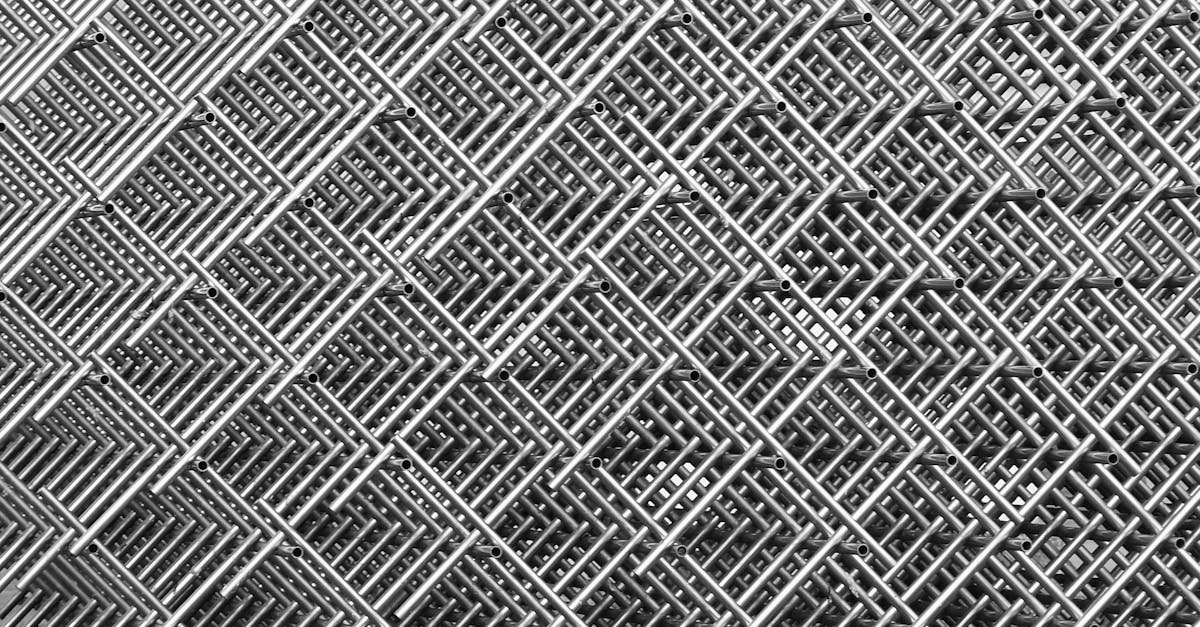Innovative researchers are exploring the intricacies of the microstructure of metals in order to optimize 3D printing. Through precise adjustments of alloys, they are able to master the transformations that occur during solidification. In doing so, they pave the way for metal parts with enhanced strength and unprecedented reliability. By demystifying the complex phenomena that influence material properties, this work promises decisive advances in the field of additive manufacturing.

Table of Contents
ToggleResearchers Master the Microstructure of Metals
Research on the 3D printing of metals is experiencing a major breakthrough thanks to the exploration of the microstructure of materials. By adjusting the composition of alloys, scientists have managed to optimize the properties of printed parts. During the printing process, metals can form columnar structures that weaken materials in certain directions. By disrupting these formations, researchers, particularly those at Cornell University, have succeeded in creating more homogeneous materials. This represents a significant step towards more metal parts that are stronger and more reliable, ready to be used in various sectors, from automobiles to electronic equipment.
Technical Advances in 3D Printing
A study revealed that adjusting the proportion of manganese and iron in the initial alloys has significantly reduced grain size and improved the strength of printed metals. These grain structures, formed in fractions of a second during the phase change during printing, are crucial for the performance of materials. Researchers used the Cornell High Energy Synchrotron Source to collect precise data on these transformations. This technique allowed for the identification of intermediate phases that could help further refine the grain structure.
Applications and Future Perspectives of 3D Printing
The practical implications of this research are highly promising. By increasing the reliability of printed metals, the possibilities for application in the production of essential parts become limitless. The design flexibility offered by 3D printing allows for weight reduction, minimizes material waste, and speeds up manufacturing time. Soon, these innovations could manifest in everyday consumer products, such as vehicles and electronic devices, thus significantly transforming the manufacturing industry.
















